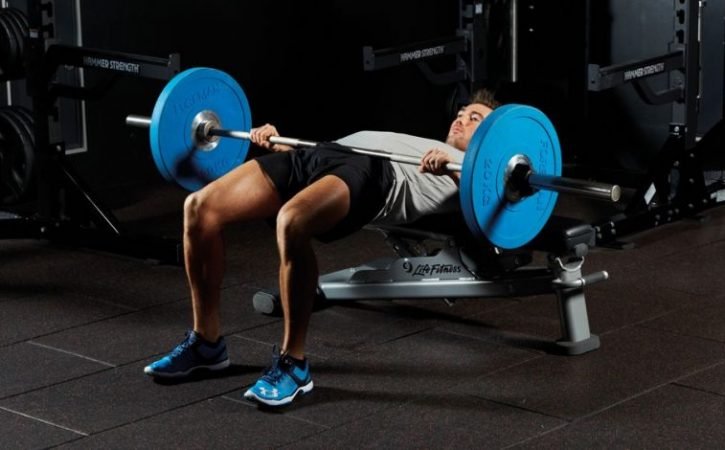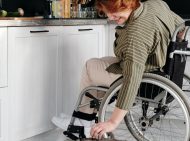
How to Build Stronger Glutes with the Hip Thrust
A lot of people do leg exercises because they want to build up their glutes, but it’s easy to get bored with the same routine over and over again without seeing results. If you want to spice up your workouts, try adding in the barbell hip thrust exercise to create stronger, better-looking glutes that boost your running speed and make you look great in jeans! Here’s how to do it safely.
The Best Exercises for Building Glute Strength
Dumbbell hip thrusts, Romanian deadlifts, and pull-throughs are great exercises for building strong glutes. They’re all a part of glute activation movements—exercises that target your glute muscles and strengthen them without you needing to add extra weight. Before each workout session, warm up with 2–3 sets of 10 repetitions using medium-weight dumbbells. Then, try adding 2–3 more sets in between main lifts—squats, bench presses, etc.—to further activate your butt muscles as you move through big compound lifts. Here’s how: Start by grabbing a pair of dumbbells that feel heavy but doable.
The Secret to Bigger, Rounder Glutes
When you do a hip thrust, you’re essentially isolating your glutes and placing them in a position where they can exert maximal force. In essence, it allows you to bring out your inner Popeye and squeeze extra reps out of each set. The hip thrust also ensures that each rep is performed through a full range of motion. Many people don’t perform squats all the way down because it hurts their knees, which means they’re not getting maximum benefit from each rep. Hip thrusts completely eliminate that problem since you can perform them without any pain whatsoever (assuming your form is good). If done correctly, barbell hip thrusts will give you rounder glutes than any other exercise.
Strengthen Your Core for Better Results
Before we look at barbell hip thrust variations, I want to point out how useful a weighted barbell and even a barbell hip thrust alternative can be in strengthening your core. The most effective glute exercises involve a contracted (flexed) spinal position. There’s no better way to flex your spine than with an extended lower back on top of an extended core. And because it forces you into extension against gravity, loaded spinal flexion is one of the best possible ways you can train your core as well.
The Perfect Way to do a Barbell Hip Thrust
Lying face down on a hip thrust bench, place your shoulders and upper back slightly lower than your hips, or if you’re wearing a weightlifting belt, make sure it isn’t too tight around your waist. Your butt should be resting on top of a pad that’s covering two cushions. Without moving your shoulders or torso, bend your knees and lift them toward your chest so that you squeeze your glutes at the top of each rep. Make sure to squeeze at full extension so that you build stronger glutes. Once fully contracted, slowly release back down.
Tips on Doing the Exercise Safely and Easily
The hip thrust is one of my favorite exercises for glute building. It’s a great alternative to squats and lunges because it allows you to work both glute muscles, which are prone to injury from improper form and overuse. As such, it’s very important that you set up on a hip thrust bench so that your spine is properly aligned. Before you begin lifting, adjust your bench so that your hips are supported. Be sure your feet rest comfortably on top of another bench or foot stand, positioning them where they feel most stable during each repetition; generally speaking, keeping your knees bent at approximately 90 degrees works best. To start out, perform 3 sets of 8-12 repetitions with 30 seconds of rest in between each set.
Workout Plan Template
The hip thrust exercise is a great way to strengthen your glutes (and hamstring muscles). It’s easy to do and only requires a simple weight plate, bench, and barbell. If you don’t have access to all of those things, or want an alternative that you can do anywhere with minimal equipment, try one of these three barbell hip thrust alternatives: 1) Using ankle weights and bodyweight-performed exercises such as squats and lunges; 2) Using dumbbells instead of a barbell; 3) Performing the hip thrust on top of a stability ball or power tower.
- SHARES






